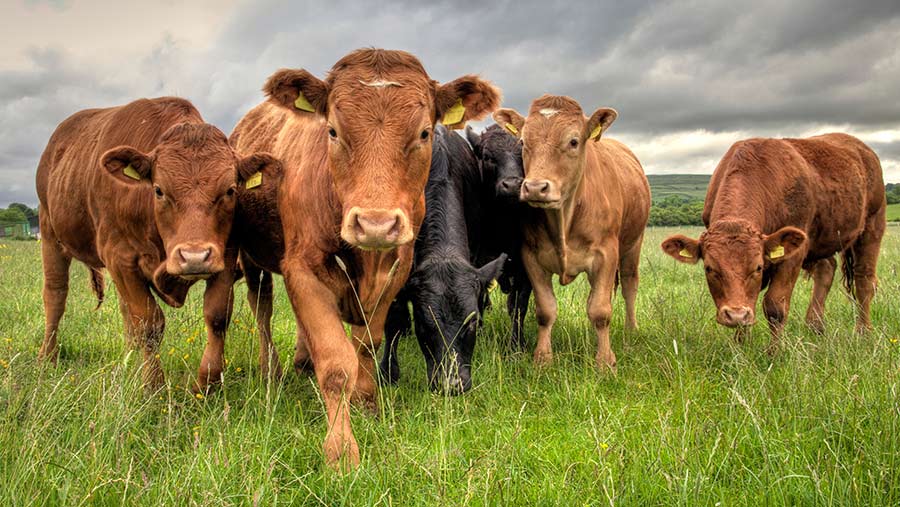Trade talks on export of bovine TB-vaccinated cattle begin
 © Laurence/Adobe Stock
© Laurence/Adobe Stock Discussions to develop a pathway for approving the export of cattle vaccinated with the much-anticipated bovine TB vaccine are already underway – two years before its scheduled rollout.
Updates to World Organisation for Animal Health (WOAH) standards for cattle trade will be required for the CattleBCG vaccine – expected to be deployed in 2025 – and the accompanying Detect Infected among Vaccinated Animals (Diva) skin test, which distinguishes between TB-positive and vaccinated cattle.
Existing standards will need reviewing for exports of live vaccinated animals and their subsequent genetic material, although no additional controls for fresh meat or meat products are needed.
Currently in the second phase of a two-part trial regime (see box), the vaccine and Diva test are gaining the attention of the farming world, Defra told Farmers Weekly.
A Defra spokesman said: “The government is already engaging with WOAH, the EU Commission, and international trading partners, to mitigate the likelihood of any trade impacts from potential future deployment of the CattleBCG and Diva skin test.
“Upon successful completion of the field trials, a formal application will be submitted to WOAH for the validation of the Diva skin test and updates to the WOAH Codes and Manuals as part of the process to gain international recognition.”
2025 deadline
Defra said meeting the 2025 deadline would depend on the following factors:
- Success of the trials conducted by independent veterinary controls provider Eville and Jones
- Transfer of the Diva test technology to a suitable manufacturer
- Having robust systems in place for official identification and traceability of vaccinated cattle
- Securing the necessary UK marketing authorisations from the Veterinary Medicines Directorate.
“We are working at pace but will only deploy the vaccine when we have all the right steps in place to enable the programme to be a success,” continued the spokesman.
Dr Lindsay Heasman, project manager at Eville and Jones, said: “We understand how crucial the project is for the future control of TB, and how it may become part of a suite of measures to help eradicate TB.”
Phases of the TB vaccine trial
Phase one
- Focused on safety and performance of the Diva skin test in unvaccinated animals
- On 10 farms across 524 animals
- Ran from July 2021 to May 2022
Phase two
- Assess safety of CattleBCG vaccine
- Check safety and performance of Diva skin test in vaccinated cattle
- At least 600 cattle will be tested on five farms, of which 300 will receive a placebo
- Trials scheduled to be completed in 2023
Valuable tool
Senior vets have reiterated that vaccinating cattle against TB will not be a “silver bullet” but a valuable and significant addition to the toolbox.
“We are confident that vaccination will help to drive down the disease burden, significantly contributing to our goal of achieving officially TB-free status in England by 2038,” added Defra.
Derbyshire vet Sarah Tomlinson, technical director for the TB Advisory Service, underlined some positives from the TB eradication strategy.
She said: “England has come a long way in the past 10 years since the start of the TB eradication strategy.
“In June, we saw a drop in cattle slaughter by 24% since last year and the South West is at the lowest level of TB for 20 years, but we still have a long way to go.”
A universal fixed approach will not work everywhere, and understanding local epidemiology should inform control measures, she added.
“Different tactics may be needed in different parts of England: enhanced cattle testing, badger control, engagement in TB biosecurity.
“Cattle vaccination needs to fit into policy alongside these ‘tools in the box’.
“Let’s focus on the next 15 years and what has to be done to finally beat this disease, and hope cattle vaccination can be part of that.”
